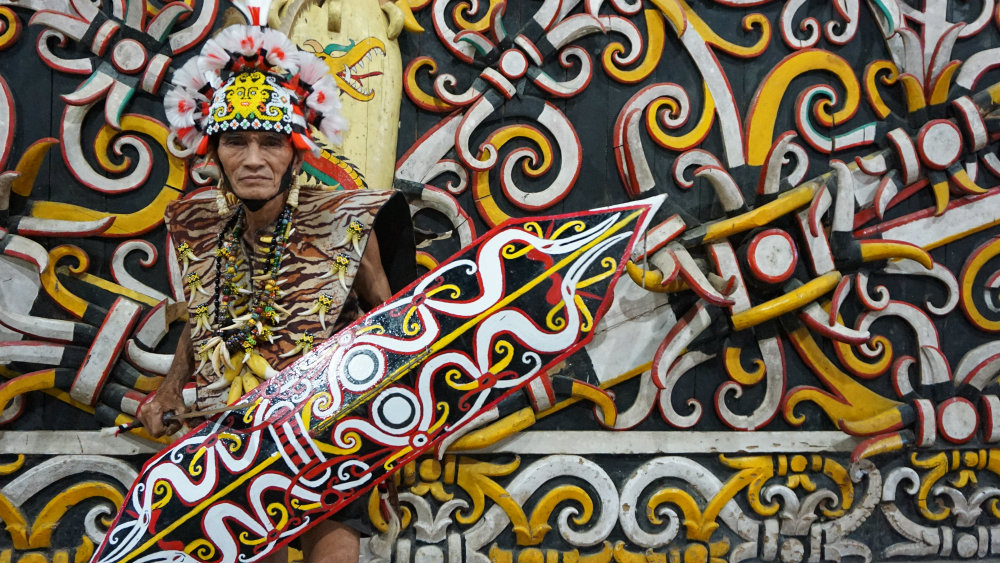Dayak Kenyah is one part of Dayakid morphotype developed in isolated conditions of Borneo. It causes morphological different from other populations. Over time, rural communities migrated to urban areas, such as Samarinda City and East Kalimantan Province. Previous research in 1912 by Haddon and 1935 Balner and Lebzelter was carried out in Dayak Kenyah Population. However, the head and face morphology of Dayak Kenyah population in urban areas is unknown.
Environmental and socio-cultural changes will also be followed by physical changes that are part of the adaptation process of living things. To prove this, a simple anthropometric measurement was performed through this study by calculating the cephalic index (head index) and facial index. As a result, the facial morphology of the modern Dayak Kenyah population is mesocephalic (the shape of the head is medium, not too round and oval) and they have euryprosop (wide face shape). It is not different from previous studies which may be caused by the absence of changes in environmental factors.
From this study, Dayak Kenyah population have lived a modern way near urban areas. Urban lifestyles will affect culture, but the Dayak Kenyah population in this study continues to carry out the tradition and culture of hunting and farming in the interior of Kalimantan forest. The Dayak Kenyah tribe communities who hunt in the wild allegedly consume their prey, while Dayak Kenyah tribe community who farm consume a lot of vegetables from their farming activities. Hunting and farming activities will affect eating patterns which can directly affect the activity of masticatory muscles contributing to craniofacial growth.
The activities carried out by Dayak Kenyah tribe in this study are likely to be the same as the activities carried out by Dayak Kenyah community who were the subjects of Haddon’s research in 1912, also the research subjects of Balner and Lebzelter in 1935. Thus the craniofacial morphology is in the form of head and face, which can be seen from the results of the head index and face index have the same results as previous studies. Data obtained from this study can be used for useful basic data in the fields of anthropology and forensics.
Author: Maria Istiqomah Marini
Details of this research available at
http://www.iofos.eu/Journals/JFOS%20s_i_1_Nov17/JFOS%20sp%20issue%202017-pp02.pdf
Maria Istiqomah Marini, Mieke Sylvia Margaretha. 2017. Cephalic index and facial index of modern Dayak Kenyah population of East Borneo. JFOS – Journal of Forensic Odonto-Stomatology, Volume: 3, Issue: 1





